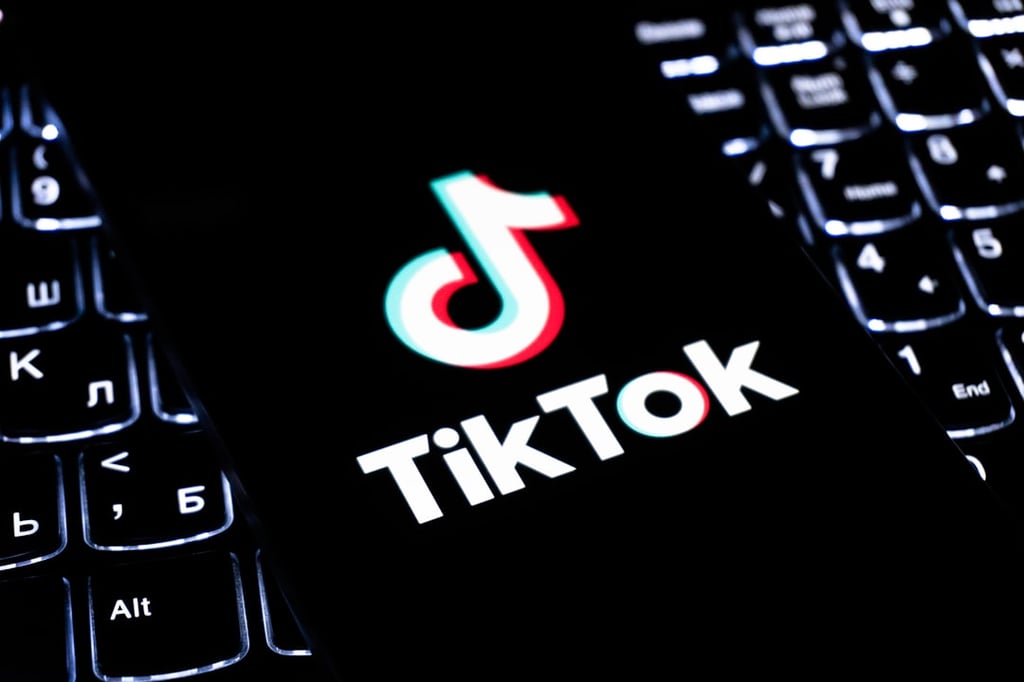Chinese smartphone makers helped breathe new life into the smartphone market during the first quarter (Q1) of 2017. Global smartphone shipments reached 347.4 million units in Q1, a 4.3 percent year-over-year improvement, according to IDC’s latest analysis of the market. The research group had originally forecast a 3.6 percent gain. Although the buzz surrounding flagship […]
Datamation content and product recommendations are
editorially independent. We may make money when you click on links
to our partners.
Learn More
Chinese smartphone makers helped breathe new life into the smartphone market during the first quarter (Q1) of 2017.
Global smartphone shipments reached 347.4 million units in Q1, a 4.3 percent year-over-year improvement, according to IDC’s latest analysis of the market. The research group had originally forecast a 3.6 percent gain.
Although the buzz surrounding flagship phones like Samsung’s just-released Galaxy S8 and Apple’s upcoming 10th anniversary iPhone is practically deafening, it’s the lower end of the market that’s helping to drive demand. “Although we have seen an abundance of premium redesigned flagships that just entered the market, moving forward, we still expect most of the growth to come from more affordable models in a variety of markets” said IDC research director Anthony Scarsella in a statement.
“Despite all the popularity and media hype around premium devices, we continue to witness a shift in many companies’ portfolios geared towards affordable devices with premium-type styling compared to flagship models,” Scarsella continued. “Companies have started to implement a single premium design language that ultimately blurs the lines between the high-end and the low-end, allowing the average consumer to jump on the brand without a hefty upfront investment.”
Illustrating his point, IDC’s data shows that Samsung and Apple smartphone shipments were essentially flat in Q1. Samsung and Apple shipped 79.2 million and 51.6 million smartphones, respectively, during the quarter.
Meanwhile, shipments from Chinese electronics makers surged. Huawei moved 34.2 million smartphones, a 21.7 percent annual increase. OPPO shipped 25.6 million smartphones, a gain of nearly 30 percent. Vivo rounds out the top five with 18.1 million units shipped, a 23.5 percent improvement.
Notably, Samsung seems to be recovering well from the Note 7 disaster of last year.
Ahead of the Galaxy S8 release in April, Steep discounts on its predecessors (Galaxy S7 and S7 Edge) helped Samsung move product. Adding premium touches to its J-Series and A-Series affordable phones also enabled the South Korean device maker to drive demand in both emerging and established markets. Finally, the well-received Galaxy S8 has helped the Note 7 fade further back into memory for industry watchers.
On the iOS side of the fence, all eyes are on Apple and its highly-anticipated 10th anniversary iPhone. The company is widely expected to ditch its LED screens for a vibrant new OLED display that features a virtual home button – and perhaps a fingerprint reader embedded under the screen – and takes up the entire front of the device.
Pedro Hernandez is a contributing editor at Datamation. Follow him on Twitter @ecoINSITE.
-
Huawei’s AI Update: Things Are Moving Faster Than We Think
FEATURE | By Rob Enderle,
December 04, 2020
-
Keeping Machine Learning Algorithms Honest in the ‘Ethics-First’ Era
ARTIFICIAL INTELLIGENCE | By Guest Author,
November 18, 2020
-
Key Trends in Chatbots and RPA
FEATURE | By Guest Author,
November 10, 2020
-
Top 10 AIOps Companies
FEATURE | By Samuel Greengard,
November 05, 2020
-
What is Text Analysis?
ARTIFICIAL INTELLIGENCE | By Guest Author,
November 02, 2020
-
How Intel’s Work With Autonomous Cars Could Redefine General Purpose AI
ARTIFICIAL INTELLIGENCE | By Rob Enderle,
October 29, 2020
-
Dell Technologies World: Weaving Together Human And Machine Interaction For AI And Robotics
ARTIFICIAL INTELLIGENCE | By Rob Enderle,
October 23, 2020
-
The Super Moderator, or How IBM Project Debater Could Save Social Media
FEATURE | By Rob Enderle,
October 16, 2020
-
Top 10 Chatbot Platforms
FEATURE | By Cynthia Harvey,
October 07, 2020
-
Finding a Career Path in AI
ARTIFICIAL INTELLIGENCE | By Guest Author,
October 05, 2020
-
CIOs Discuss the Promise of AI and Data Science
FEATURE | By Guest Author,
September 25, 2020
-
Microsoft Is Building An AI Product That Could Predict The Future
FEATURE | By Rob Enderle,
September 25, 2020
-
Top 10 Machine Learning Companies 2020
FEATURE | By Cynthia Harvey,
September 22, 2020
-
NVIDIA and ARM: Massively Changing The AI Landscape
ARTIFICIAL INTELLIGENCE | By Rob Enderle,
September 18, 2020
-
Continuous Intelligence: Expert Discussion [Video and Podcast]
ARTIFICIAL INTELLIGENCE | By James Maguire,
September 14, 2020
-
Artificial Intelligence: Governance and Ethics [Video]
ARTIFICIAL INTELLIGENCE | By James Maguire,
September 13, 2020
-
IBM Watson At The US Open: Showcasing The Power Of A Mature Enterprise-Class AI
FEATURE | By Rob Enderle,
September 11, 2020
-
Artificial Intelligence: Perception vs. Reality
FEATURE | By James Maguire,
September 09, 2020
-
Anticipating The Coming Wave Of AI Enhanced PCs
FEATURE | By Rob Enderle,
September 05, 2020
-
The Critical Nature Of IBM’s NLP (Natural Language Processing) Effort
ARTIFICIAL INTELLIGENCE | By Rob Enderle,
August 14, 2020
SEE ALL
ARTICLES
Pedro Hernandez is a contributor to Datamation, eWEEK, and the IT Business Edge Network, the network for technology professionals. Previously, he served as a managing editor for the Internet.com network of IT-related websites and as the Green IT curator for GigaOM Pro.









